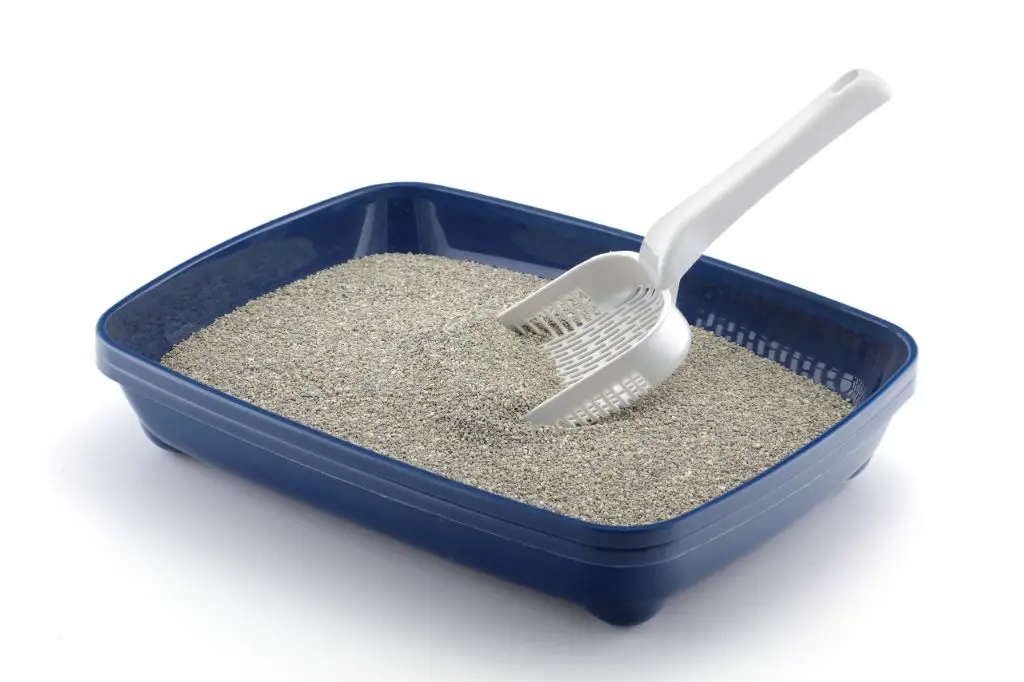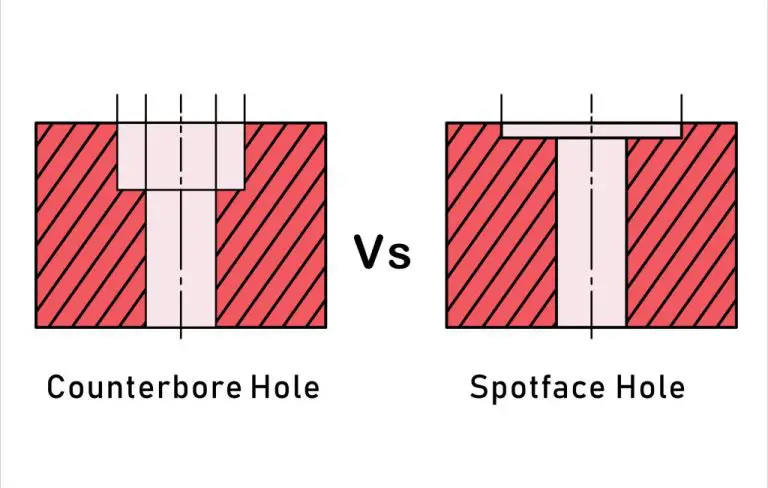Is Clay Litter Safe For Humans?
Clay litter is an absorbent material made from various types of clay, most commonly bentonite clay. It is designed to absorb liquids and odors in order to keep a cat’s litter box clean. Clay litter is widely used by cat owners because it is affordable and effective at controlling odors. However, there has been some concern over whether exposure to clay litter poses any health risks to humans.
Clay litter’s excellent absorbing properties come from the clay’s negatively charged molecules which bind to positively charged ammonia molecules produced in cat urine. This helps control odors and keep cats comfortable using the litter box. The clay is mined, processed into granules, and baked to create the final product. While clay itself is not harmful, the mining and manufacturing process can introduce some risks.
Some claim that clay litter contains silica dust which could be dangerous if inhaled over time. The baking process may also leave behind chemical residue. In addition, clumping varieties use sodium bentonite clay which can be harmful if ingested. These potential risks have raised questions over whether daily exposure to clay litter when cleaning litter boxes poses any danger to humans.
Types of Clay Used in Litter
Clay is the primary ingredient used in traditional cat litter. The three main types of clay used are:
Bentonite – This absorbent clay is among the most common in litter. Bentonite is typically recycled and reused, and composts well. It comes in clumping and non-clumping varieties. However, bentonite often has a strong odor when wet and can be dusty.
Attapulgite – Also known as palygorskite or fuller’s earth, attapulgite clay is very absorbent and good at controlling odors. It has excellent clumping abilities. The primary source of this clay is in the southeastern United States.
Sepiolite – Derived from marine deposits, this fibrous clay has high absorbency. It is lightweight and often used in clumping and natural litters. Sepiolite is ideal for odor control and typically has no scent. However, the granules don’t clump as well as other clays.
These natural clays are often combined or treated to enhance absorbency and odor control in cat litter products. The clay helps keep litter lightweight while effectively soaking up liquid and odors from cat waste.
Manufacturing Process
The manufacturing process for clay cat litter typically involves three main steps – milling, heating/baking, and adding other materials. The clay is first mined from the earth and then milled into a fine powder. According to MadeHow, “The milling process involves grinding the clay into fine particulates and sizing them into uniform granules.”1 This helps control the texture and ensure consistency.
Next, the milled clay is heated or baked at high temperatures. As explained by PrettyLitter, “Heating clay at extremely high temperatures gives the litter its hardened structure and absorptive qualities.”2 Baking the clay makes it more rigid and less dusty.
Finally, other materials may be added such as fragrances, antimicrobials, clumping agents, or colorants. Clumping clay litters often have sodium bentonite added. Non-clumping varieties may contain silica gel crystals or plant fibers as absorptive agents instead of bentonite.
Chemical Composition
The primary ingredients in clay cat litter are aluminum silicates, crystalline silica, and other minerals.
Aluminum silicates, such as sodium bentonite, make up the bulk of clumping and non-clumping clay litters. Sodium bentonite is a highly absorbent clay that forms clumps when wet. It soaks up liquid waste and odor molecules into the clay. https://www.armandhammer.com/articles/what-is-cat-litter-made-of
Crystalline silica, like quartz, is added to clay litters to help control odor. The porous structure of crystalline silica traps odor molecules. Some natural clay deposits already contain crystalline silica. https://cen.acs.org/articles/82/i17/KITTY-LITTER.html
Other minerals like calcium bentonite, fuller’s earth, and diatomite may also be used in clay litters. These provide additional absorbency and odor control. The specific mineral composition depends on the type of clay used and where it is mined.
Potential Health Risks
Clay litter poses some potential health risks to humans, primarily related to the crystalline silica dust and skin/eye irritation. According to this source, clay litter contains crystalline silica dust which can cause silicosis when inhaled over time. Exposure to the dust when cleaning litter boxes may irritate the eyes and airways. Wearing a mask and goggles when cleaning can help reduce inhalation and eye irritation.
Clay litter can also irritate sensitive skin according to this source. The bentonite clay is abrasive and can dry out the skin with repeated exposure. Wearing gloves when handling clay litter is recommended to prevent skin irritation. For people with sensitive skin, an alternative litter may be preferable.
There is also a risk if clay litter is ingested. According to this source, the sodium bentonite clay can expand and cause intestinal blockages if large amounts are swallowed. Keeping clay litter away from small children is important to prevent accidental ingestion. Any ingestion should be treated by promptly contacting a poison control center.
Tests and Studies
Independent lab tests have been conducted by researchers to assess the potential health risks of clay litter. One peer-reviewed study published in the Journal of Feline Medicine and Surgery evaluated respiratory issues in cats exposed to different litters. The researchers found that clumping clay litter produced more airborne particles compared to alternatives like wood, paper, and plant-based litters. However, they concluded that all litters can generate some respirable particles and exhibit variable dustiness (Dowd, 2021[1]).
Additional peer-reviewed research tested commercially available clay litters to analyze their composition and crystalline silica content. The study detected concerning levels of crystalline silica, a known carcinogen, in several clumping and non-clumping clay litters. The researchers emphasized the need for manufacturers to reformulate litters to minimize this potential hazard (Waldron, 2009[2]).
While independent lab analysis has identified potential risks, some experts argue there is still insufficient evidence to establish a conclusive link between clay litter and adverse health effects. More rigorous longitudinal studies are needed to fully evaluate the long-term impacts of clay litter exposure.
Regulations and Standards
Clay cat litters sold in the United States must meet guidelines set by the Association of American Feed Control Officials (AAFCO). AAFCO provides model regulations for states to adopt regarding the manufacturing, labeling, distribution and sale of animal feeds, including cat litter. Their guidelines help ensure clay litters are safe, truthfully labeled, and meet nutritional standards.
Manufacturers of clay cat litters also provide Safety Data Sheets detailing the composition, potential hazards, handling guidelines, and regulatory information about their products. These data sheets must conform to standards set by OSHA, the Occupational Safety and Health Administration. While intended for industrial use, the safety data sheets give pet owners additional information about the clay litter’s safety and proper use (1).
Precautions for Humans

While clay litter poses some health risks if directly inhaled or ingested, there are precautions humans can take to use it safely:
Proper litter box maintenance is crucial. Scoop waste from boxes daily, and change clay litter completely every 1-2 weeks to prevent buildup of ammonia, bacteria, and dust. Wear a dust mask and work in a well-ventilated area when cleaning litter boxes. Wash hands after cleaning.
Practice good hygiene habits like washing hands before meals, avoiding touching the face after litter box cleaning, and showering after extended exposure to clay dust.
Avoid eating clay litter at all costs. While some brands market themselves as “SAFE” if ingested, clay litter is not food and contains silica, bacteria, viruses, and parasites from cat waste. Supervise children around litter boxes and store clay litter bags securely out of reach.
Overall, clay litter can be used safely if proper precautions are taken. Proper cleaning and hygiene practices mitigate most risks to humans. Those with respiratory conditions or compromised immune systems should consult a doctor before exposure to clay dust from litter.
Alternatives to Clay
As concerns grow about the potential health risks of traditional clay litter, many pet owners are seeking out alternatives that are safer and more environmentally friendly. Three popular options are paper litter, pine litter, and corn litter.
Paper litters are made from recycled paper or paper by-products. The paper is processed into small pellets or granules that absorb urine and help control odor. Some benefits of paper litter include:Source
- Made from a renewable resource
- Compostable and biodegradable
- Produces less dust than clay
- Absorbs odors well
Pine litters utilize pine wood by-products to create an absorbent, low tracking litter. Advantages of pine litter are: Source
- Natural odor control from pine oil
- Low tracking around the home
- Soft on cat paws
- Biodegradable and eco-friendly
Corn litters use non-GMO corn granules that clump for easy scooping. Benefits include:
- Natural clumping ability
- Minimal dust and tracking
- Absorbs odors effectively
- Compostable and flushable
These alternative litters address many of the downsides of traditional clay while being safer, more sustainable options for cats and their owners.
Conclusion
Based on the research and analysis presented, clay litter can pose some risks to human health but is generally considered safe if used properly. The main risks come from breathing in clay dust, which can irritate lungs. However, as long as precautions are taken to minimize dust, and litter boxes are kept clean, the risks are low.
Clay litters made from purified clays like bentonite that meet regulatory standards are safest. Unscented litters are preferable to scented versions. Proper ventilation of litter boxes is important to reduce dust. People with respiratory conditions may wish to avoid clay litters or take extra precautions. Alternatives like wood, paper, or natural plant litters can also be considered.
In conclusion, clay cat litter does not pose any serious health risks to humans if care is taken to minimize exposure to dust. With proper handling and precautions, clay litter can be used safely in homes with both cats and humans.




